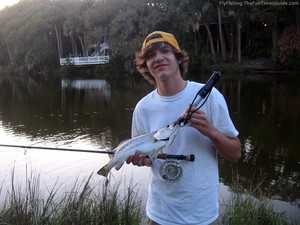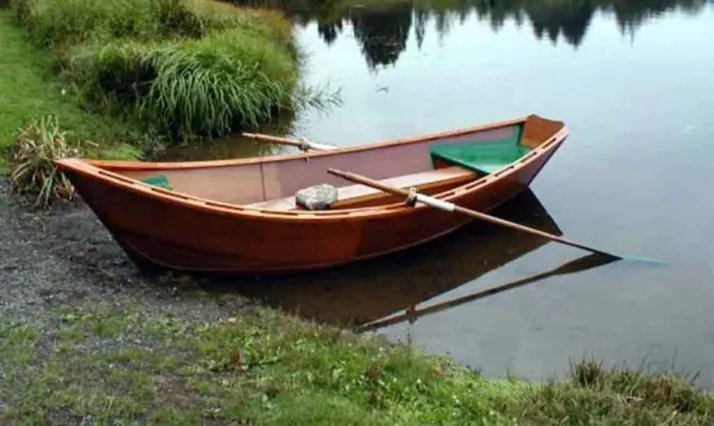 If you’ve been around the block with a fly rod, you’ve probably seen your fair share of fifty fish days.
If you’ve been around the block with a fly rod, you’ve probably seen your fair share of fifty fish days.
Once you’ve satisfied the craving for simple numbers of fish, you’re going to want your rod to bend a little deeper and your drag to burn a little faster at the mercy of giant.
Targeting the largest critters found in the stream and sea is a much more difficult task than targeting average sized fish, however, and you need to narrow down the possibilities when it comes to the habits, movement, and feeding patterns of your chosen gamefish.
Understanding your particular target’s spawning rituals can greatly increase your chances of being around, and possibly hooking that adult specimen that you’ve been after.
The phenomenon of reproduction does a few things to help out the angler.
First, spawning gathers the adults (the sexually mature, e.g. “old”) of the population into a relatively small area for an event that sometimes can last only hours, and other times can last for weeks.
The second important advantage that spawning provides an angler with is the fishes’ increased metabolism — both before they spawn as well as afterwards. Fish with higher metabolisms can be found actively feeding more often, making them easier targets for the fly fisherman.
Probably the most famous spawn known to fishermen is the Largemouth Bass spawn. Largemouth spawn according to certain environmental cues, like lengthening daylight and rising water temperatures. Anglers can monitor water temperature with a simple thermometer, and know when large, female bass are about to move into shallow water where they can be seen.
Similar tactics can be used to follow other gamefish in both fresh and saltwater. Rainbow Trout spawn in rivers in late winter, and are known to be especially fond of egg flies during that time. Speckled Trout in South Carolina marshes are known to spawn under a full moon from April until October in the same designated areas each year. The Speckled Trout spawn around river mouths and inlets, and by fishing around these areas on the full moons, an angler can greatly increase his chances of catching a mature trout.
Redfish also have a set spawning routine, taking place in late summer around the inlets, and can be targeted in these areas as long as the angler is willing to do a little searching.
The spawning locations of many saltwater fish are still unknown — which can be a buffer to narrowing down the adults’ location. But don’t be afraid to get in the field and make a few hypotheses. A little research can go a long way in helping to understand your chosen gamefish.
Finally, make sure to release the fish you catch during spawning periods. Proper handling and release is critical in ensuring a healthy population for the future.
I work at The Charleston Angler fly shop in South Carolina where I’m finishing college. My foremost passion is fly fishing, whether it be sight casting to tailing redfish or drifting dry flies for trout and bass. I’ve been fly fishing for about a decade now, and with the minimal responsibilities of adolescence, I’ve managed to put in a lifetime’s worth of hours on the water already!




